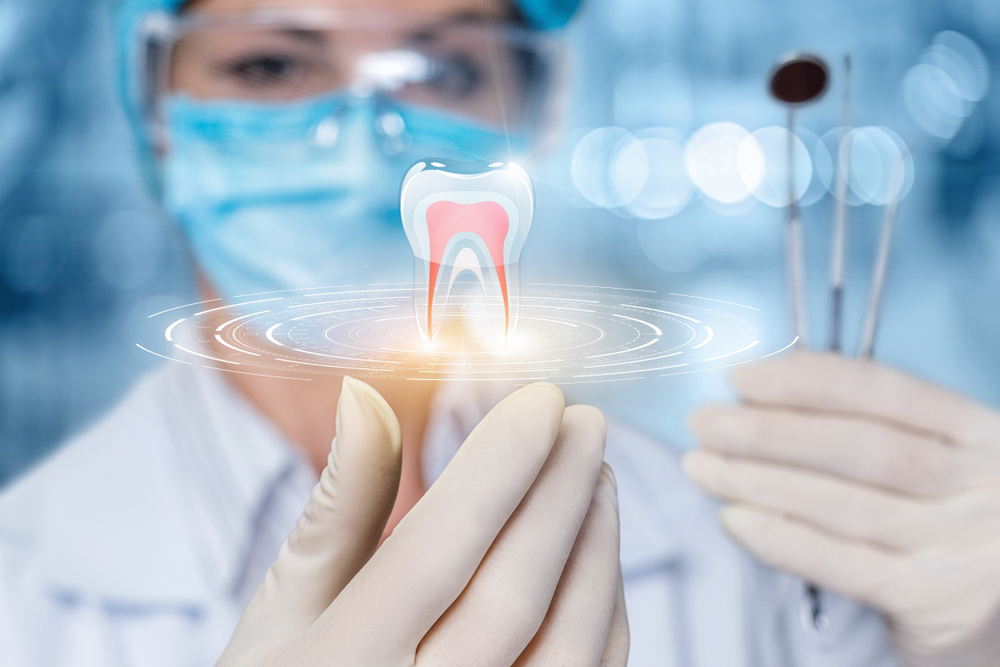
Root canals are a common dental procedure that are performed to treat an infected or inflamed tooth. When the inside of a tooth, also known as the pulp, becomes damaged, bacteria can enter and cause an infection. This can cause severe pain, swelling and even lead to an abscess. A root canal is a procedure that removes the infected or damaged pulp and seals the inside of the tooth to prevent further damage.
The process of a root canal consists of several steps:
- Anesthesia: The dentist will numb the area around the affected tooth to reduce pain and discomfort during the procedure.
- Accessing the pulp: The dentist will make an opening in the top of the tooth to access the pulp.
- Removing the pulp: Using special tools, the dentist will remove the infected or damaged pulp from the inside of the tooth.
- Cleaning and shaping: The inside of the tooth will be cleaned and shaped to prepare it for filling.
- Filling and sealing: The dentist will fill the inside of the tooth with a rubber-like material called gutta-percha to seal it.
- Restoration: In some cases, a crown or other type of restoration may be placed over the treated tooth to protect it and restore its function.
To ensure a successful recovery after a root canal, it is important to follow the care instructions provided by your dentist. Some tips to make sure your recovery goes well include:
- Pain management: Take any prescribed pain medication as directed and use over-the-counter pain relievers if necessary.
- Avoid biting and chewing on the treated tooth for the first few days after the procedure.
- Avoid very hot or cold foods and drinks for the first 24 hours after the procedure.
- Brush and floss regularly to maintain good oral hygiene and prevent further infections.
- Follow-up appointments: Attend any scheduled follow-up appointments to monitor your progress and ensure the treated tooth is healing properly.
Root canals can be a scary prospect, but they are an effective way to treat an infected or inflamed tooth and prevent further damage. By following your dentist’s instructions and taking care of yourself after the procedure, you can ensure a successful recovery and get back to enjoying a healthy, pain-free smile.